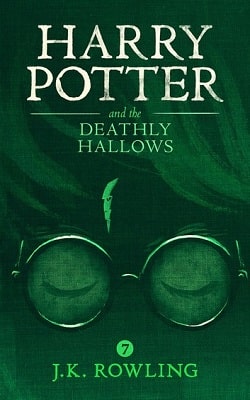Knight's eyes took on a foxy look. "What are you cooking up?"
"Will you go along?" Pitt crowded him.
"Yes," Knight stated firmly. "But only if you prove, without a shadow of a doubt, that's a thousand-year-old shipwreck. " ... Then it's a deal."
"How are you going to do it?"
"Simple," said Pitt, reeling Knight in. "I'm going to dive under the ice and come up into the hull."
Cork Simon and his crew worked quickly at cutting an access hole through the one-meter-thick ice sheet with chain saws. They quarried multiple squares until they reached the final layer. They broke through with a sledgehammer mounted on a long pipe and then removed the ice fragments with grappling hooks so Pitt could safely submerge.
When he was satisfied the hole was clear, Simon walked a few steps and entered a small canvas-covered shelter. The interior was heated and warm and crowded with men and diving equipment. An air compressor sat next to the heating unit, chugging away, its exhaust vented to the outside.
Lily and the other archaeologists were sitting at a folding table in one corner of the shelter, making a series of drawings and discussing them with Pitt as he suited up for the dive.
"Ready when you are," Simon announced.
"Another five minutes," Giordino replied while busily checking the valve assemblies and regulator on a Mark I navy diver's mask.
Pitt had slipped a special dry suit over long underwear made of heavy nylon pile for thermal insulation. Next he pulled on a hood and then a quick-release weight belt while trying to absorb a cram course in ancient ship construction.
"In early merchant vessels the shipwrights favored cedar and cypress, and often pine, for the planking," lectured Gronquist. "They mostly used oak for the keel."
"I won't be able to tell one wood from another," Pitt said.
"Then study the hull. The planks were tightly joined by tenons and mortises. Many ships had lead plates laid on their underwater surface.
The hardware may be of iron or copper."
"What about the rudder?" asked Pitt. "Anything I should look for in design and fastenings?"
"You won't find a stern-centered rudder," said Sam Hoskins. "They didn't Turn up for another eight hundred years. All early Mediterranean merchantmen used twill steering oars that extended from the aft quarters."
"Do you want a reserve 'come home' air bottle?" Giordino interrupted.
Pitt shook his head. "Not necessary for a dive this shallow as long as I'm on a lifeline."
Giordino lifted the Mark I mask and helped Pitt pull it down over his head. He checked the face seal, adjusted the position and cinched up the spider straps. The air supply was on, and when Pitt signaled that he had proper air flow, Giordino secured the communications line to the mask.
ANie one of the Navy men unreeled and straightened the air-supply hose and communications line, Giordino tied a manila lifeline around Pitts waist. He performed the predive checkout and then donned a headset with microphone.
"You hear me okay?" he asked.
"Clear but faint," Pitt answered. "Turn up the volume a notch."
"Better?"
"Much."
"How do you feel?"
"Nice and cozy so long as I'm breathing warm air."
"All set?"
Pitt answered by making an okay sign with his thumb and forefinger. He paused to hook an underwater dive light to his belt.
Lily gave him a hug and gazed up through his face mask. "Good hunting, and be careful."















